Marcel Carné’s Hôtel du Nord (1938): Criterion Blu-ray review
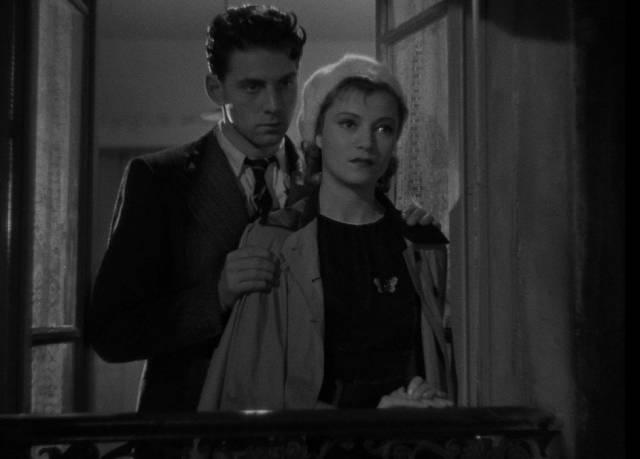
Poetic realism was not really a genre, more of an attitude and a style – somewhat like film noir, with which it shared some characteristics. Flourishing in France in the 1930s, poetic realism typically focused on working class and underclass characters, people struggling on the fringes of a society which offered them little in a material sense, to which these characters responded by clinging to an ultimately doomed romanticism. The movement, if it can be considered such, encompassed filmmakers as diverse as Jean Renoir, Jean Vigo, Julien Duvivier and, one of its most distinctive practitioners, Marcel Carné.
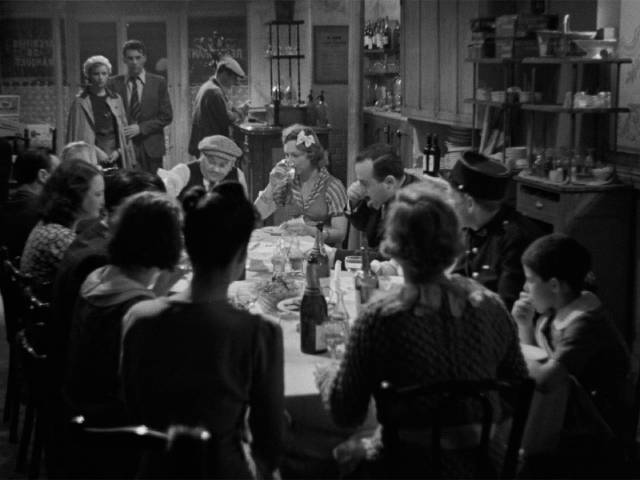
Carné’s films from the ’30s and ’40s are steeped in romantic melancholy, heightened by the dialogue of Jacques Prévert who was able to make poetic language seem deceptively natural. In the middle of a remarkable run of features – from his first, Jenny (1936), to the post-war Les Portes de la nuit (1946), and encompassing his masterpiece Les Enfants du paradis (1945) – Carné made Hôtel du Nord (1938) without Prévert, who was unavailable at the time. Based on a novel by Eugène Dabit, the script was written by Henri Jeanson and Jean Aurenche, and the film has something of a lesser critical reputation as a result. But while the absence of Prévert’s dialogue might seem detrimental, Hôtel du Nord has a significant difference from the two films which preceded and followed it, Le Quai des brumes (Port of Shadows, 1938) and Le jour se lève (1939). While those films centred on individual outsiders (both played by Jean Gabin), Hôtel du Nord presents a community, with attention diffused across multiple characters, tempering the aura of fatalism with touches of warmth.
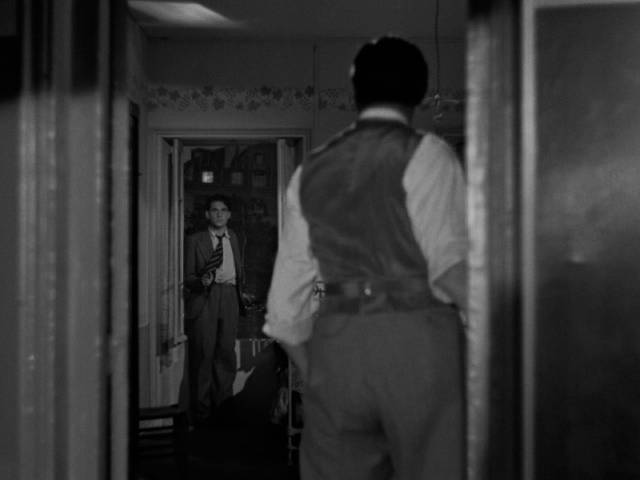
This was in part due to a suggestion by Jeanson that two minor characters in the novel should be made more prominent. This pair produced in the adaptation a parallel narrative thread to what would have been the central story of a couple of doomed lovers. The effect is to confuse conventional audience expectations about the course the narrative might take and to create unexpected sympathies for multiple characters, including those peripheral to the main narrative.
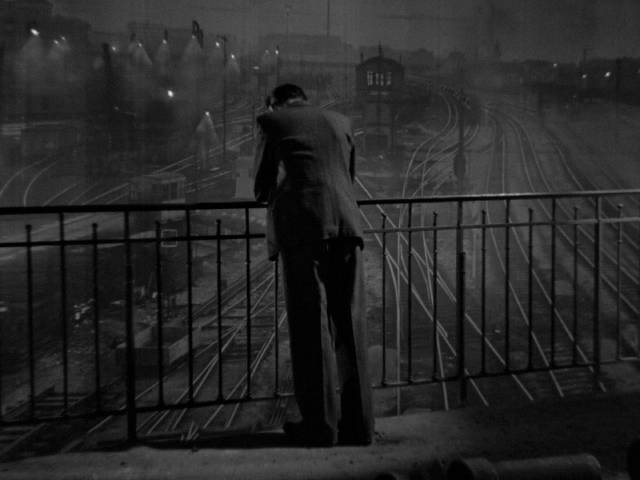
The film opens with the owners and residents of the Hôtel du Nord (a real hotel on the banks of the Saint Denis Canal, which had been owned by author Dabit’s parents) having a celebratory meal after a child’s first communion. Carné immediately establishes a sense of energy and humour among people who know one another well. The banter reveals complex relationships – a cuckolded husband, his wife’s disdain, her lover’s lack of concern about concealing the affair; the owner’s wife’s protective generosity towards a traumatized orphan from the Spanish Civil War, who is treated with contempt by one of the residents; the gay candy salesman whose presence is accepted without comment or censure by the group. The girl who is the focus of the gathering leaves the table to take a piece of cake upstairs to another resident who has not joined the party.
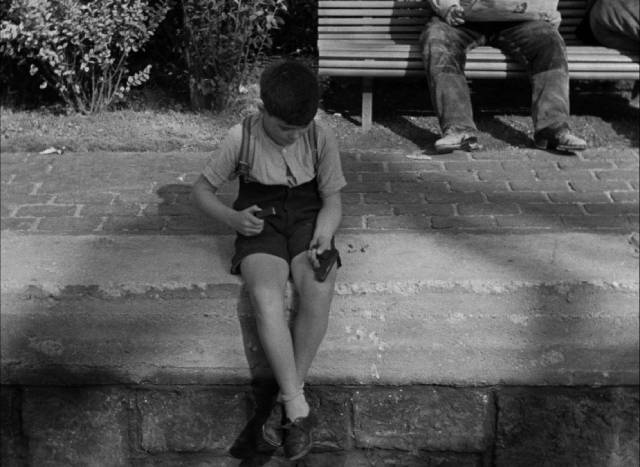
This is Raymonde (Arletty), a prostitute who is preparing to go out to work as her dour, irritable pimp Edmond (Louis Jouvet), the only character not welcomed into the hotel’s community, nags her. Raymonde and Edmond are the couple whom Jeanson raised to a more prominent position. Another couple, the ostensible protagonists Renée (Annabella) and Pierre (Jean-Pierre Aumont), meanwhile enter the hotel looking for a room; once alone upstairs, we discover that they have come to commit suicide because they lack the means to make a life together and can’t imagine living apart.
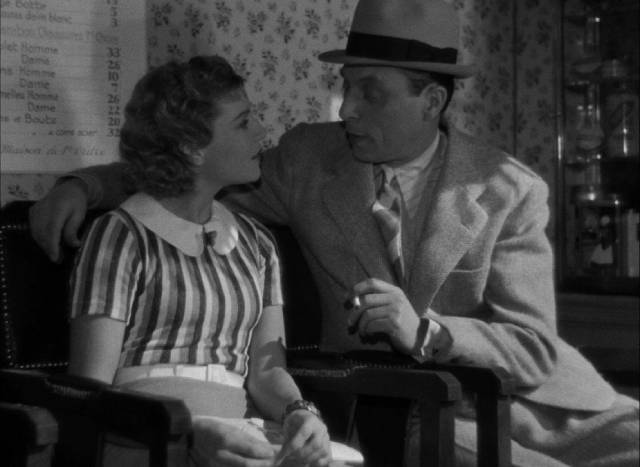
After Raymonde has left, Edmond hears a gunshot and breaks open the door of the couple’s room. A terrified Pierre stands over Renée’s body holding a pistol; Edmond tells him to run and later claims that he found Renée alone in the room. But she doesn’t die and, having recovered from the wound, she returns to the hotel – partly to claim her meagre possessions, partly because she has nowhere else to go. Louise (Jane Marken), the proprietor’s wife, offers her a place to stay and a job until she can sort herself out. Having felt alone and desperate, Renée now flourishes in the community surrounding the hotel. Meanwhile Pierre, racked with guilt and shame at his failure of nerve, has turned himself in. Although disillusioned by his failure to follow through with their suicide pact, Renée visits him in prison. With her perception no longer clouded by romantic illusion, she wants to resume their relationship on a more realistic basis, but Pierre can barely face her.
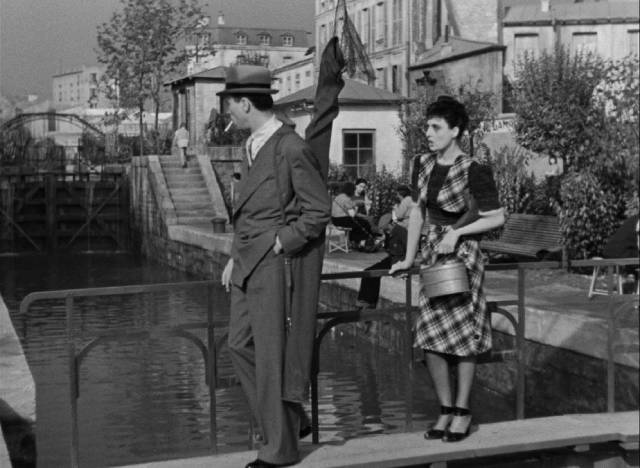
While that thread remains unresolved, Edmond, the hard-nosed cynical pimp, has become infatuated with Renée, the naive woman whose life he saved – much to the disgust of Raymonde, who finds this new romanticism unbearable. Unexpectedly, the narrative focus of the film moves inexorably towards Edmond; we learn more about his past, that he was a petty crook named Paulo who betrayed his gang to avoid prison and changed his entire persona as a form of disguise – sensitive and sentimental, he has made himself hard and brutal. Now his old confederates, recently released from prison, have come looking for him and he sees in Renée a way of perhaps regaining his old self and beginning a new life.
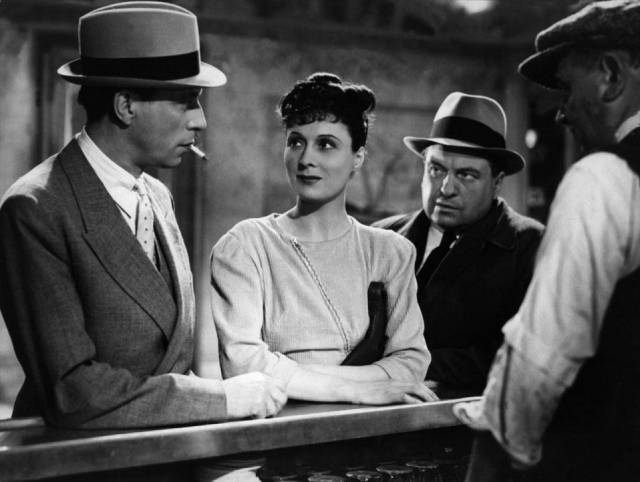
These various plot elements come together during a lively Bastille Day celebration as the entire neighbourhood parties in the street in front of the hotel and all the characters finally find a way to face themselves without romantic illusions. The resolution, although it has its elements of tragedy, has a lighter tone than the films written by Prévert, something which has left this one in their shadow to some degree. And yet there’s something genuinely satisfying in Hôtel du Nord’s unconventional structure, and particularly in Edmond’s emotional trajectory from hard cynicism to vulnerability and finally resignation and acceptance of his fate.
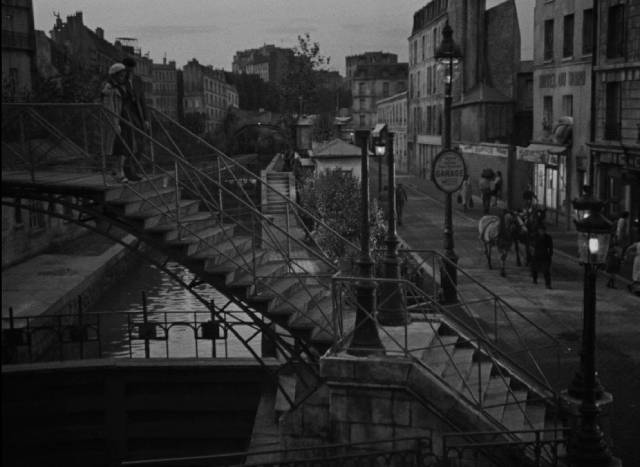
Beyond the narrative itself, the film has stylistic attractions. The “realism” aspect of poetic realism is actually a constructed representation of ordinary people’s lives – most of these films were shot on studio sets rather than out on the actual streets, although Carné himself had written an article in 1933 titled “When Will the Camera Get Out into the Street?” He didn’t have in mind a kind of neorealism, but instead was referring to depicting the lives of working people and the underclass rather than the bourgeoisie and aristocracy. Thus the streets we see in Hôtel du Nord are not real, but rather evoke a sense of idealized reality. There are some images of the real Saint Denis Canal with its locks and iron bridges under the opening titles, but the body of the film was shot (by Louis Née and Armand Thirard) on an elaborately constructed replica of the canal, the street and the hotel exterior, built by production designer Alexandre Trauner on the studio lot at a slightly reduced scale and extended with forced perspective backgrounds. Visually, this gives the impression of a real place while subtly suggesting at an almost subconscious level that we are actually in a psychological and emotional reflection of the real world, a place which allows for the heightened emotions of the characters as a poetic rather than realistic expression of life.
*
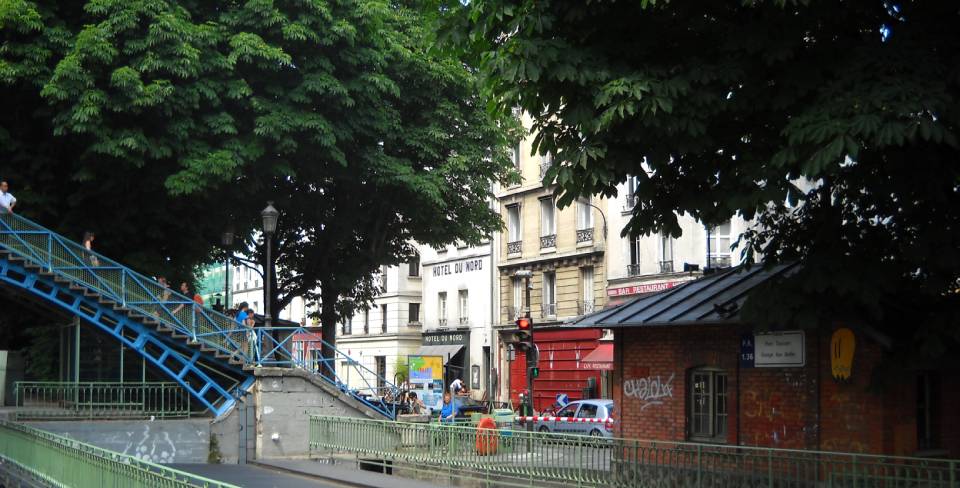
The Disk
The film looks and sounds excellent in the 2K restoration from original camera negative used as the basis for Criterion’s Blu-ray. There is a lot of fine detail and strong contrast, while the image maintains a film-like grain structure. The photography is rich in grays and blacks, heightening the romantic atmosphere of the setting and narrative.
The Supplements
There are three extras which provide background and context to the film, Carné’s career and poetic realism. In conversation (18:32) with journalist Philippe Morisson, filmmaker Jean-Pierre Jeunet discusses the nature of poetic realism and Carné’s influence on his own work, particularly Amélie (2001). Making Hôtel du Nord (33:14) is a French television production which served as an introduction to a screening of the film in 1972; it begins with a 10-minute newsreel about the rising tensions between France, England and Germany in 1938, when the film was being made, then provides an account of the production through interviews with Carné, Jeanson, Arletty and Aumont. Jean-Denis Bonan’s documentary Carné, You Said Carné (30:14, 1994) covers Carné’s career through interviews with critics and actors and crew-members who worked with him.
There’s also a lengthy trailer (4:28), and the booklet essay is by academic Edward Baron Turk.
Comments